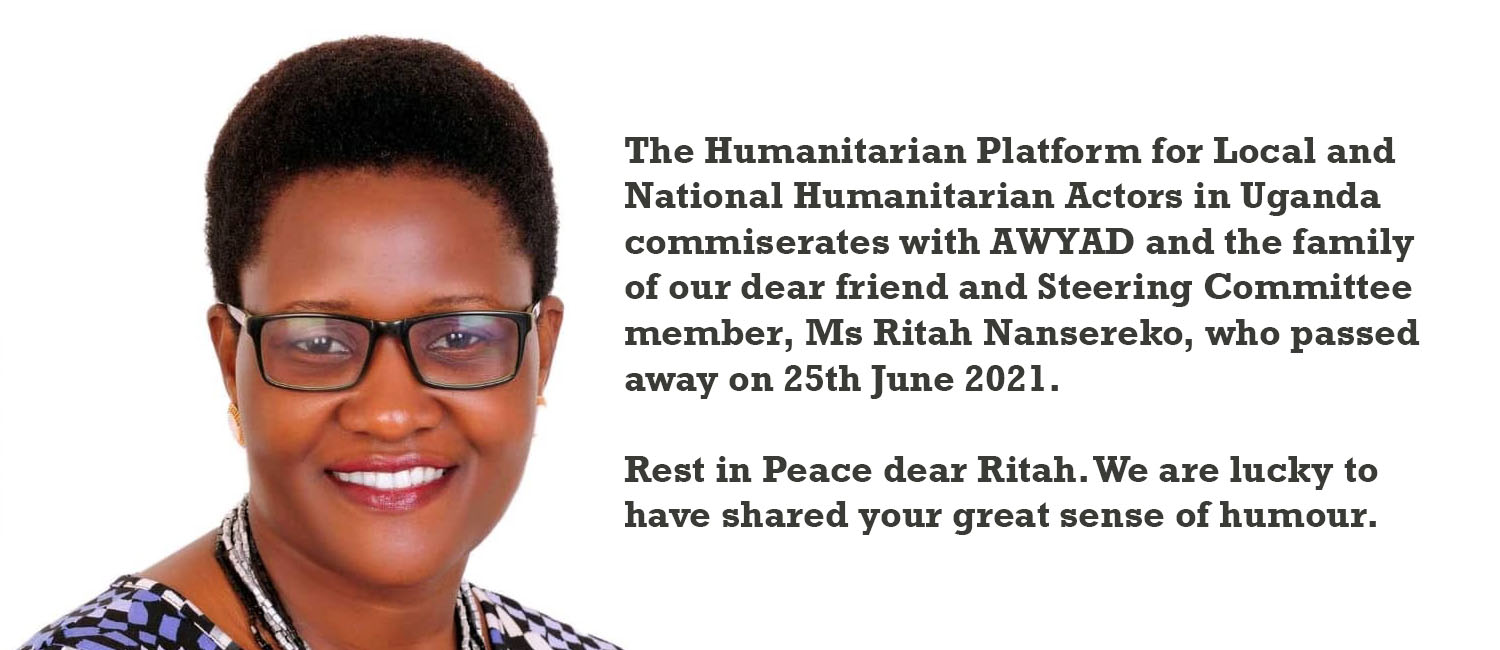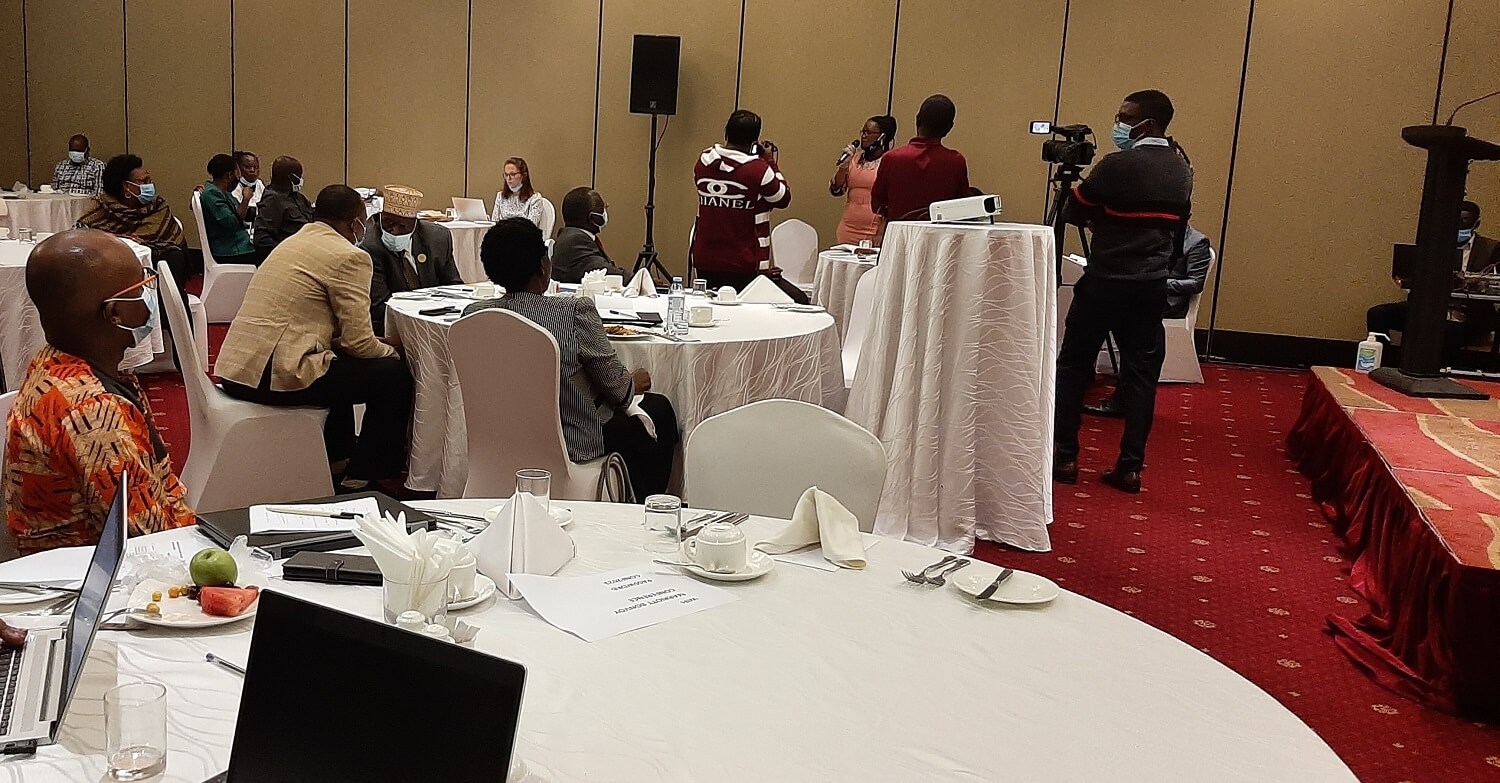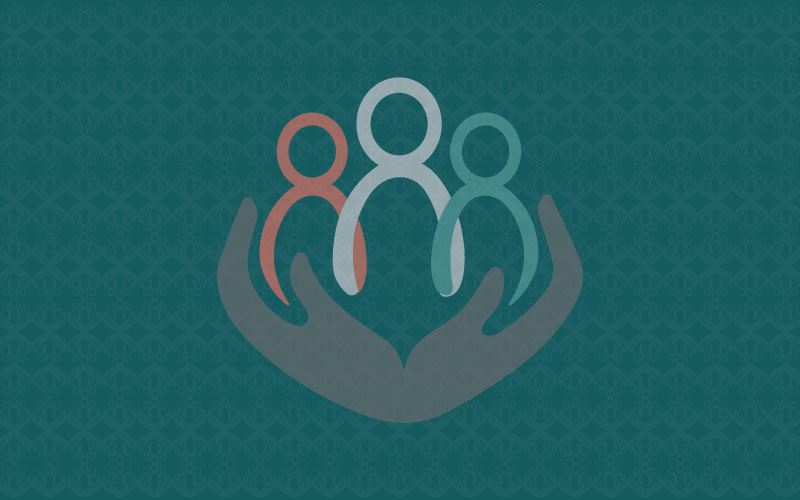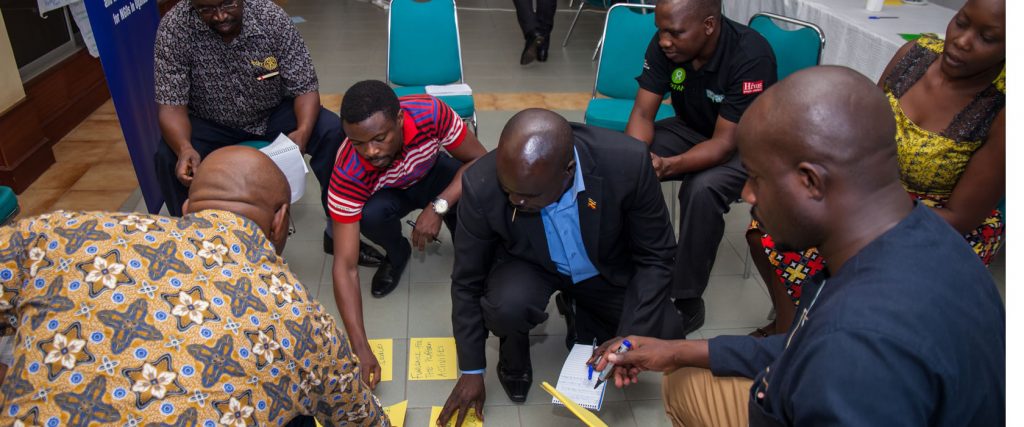
The Humanitarian Platform Strategic Planning Retreat
Botanical Beach Hotel, Entebbe
4th -7th March 2019
Draft report

Background
Fifty National, Local and International Organizations in Uganda representing various civil society institutions, met at Bomah Hotel in Gulu District on 7th – 8th June 2017, to discuss issues and concerns relating to the role of Local and National CSOs in the refugee response. It is in this meeting that that the Humanitarian Platform was established.
On 7th march 2018 the Humanitarian Platform for Local and National Organizations was launched with a vision to see strong local and national organizations that are well coordinated, informed and have the ability to influence the humanitarian agenda. However, this vision cannot be realized until local and national organizations have the requisite capacities to effectively prepare, respond and engage in the humanitarian system.
One year down the road, it is very pertinent to highlight what the journey has been and reflect on what led to successes but also the failures so that clear key lessons are carried forward. In that light, the Humanitarian Platform organized the strategic planning retreat 4th-7th March 2019, to stimulate discussions, debate and agree on the strategic focus of the Humanitarian Platform. This brought together 16 members representing carious humanitarian organizations and Office of the Prime Minister.
Taking stock and Reflecting
The context
Since the inception of the Platform, what has been the change in the external environment; and what has been the relevance of the Platform in the changing context.
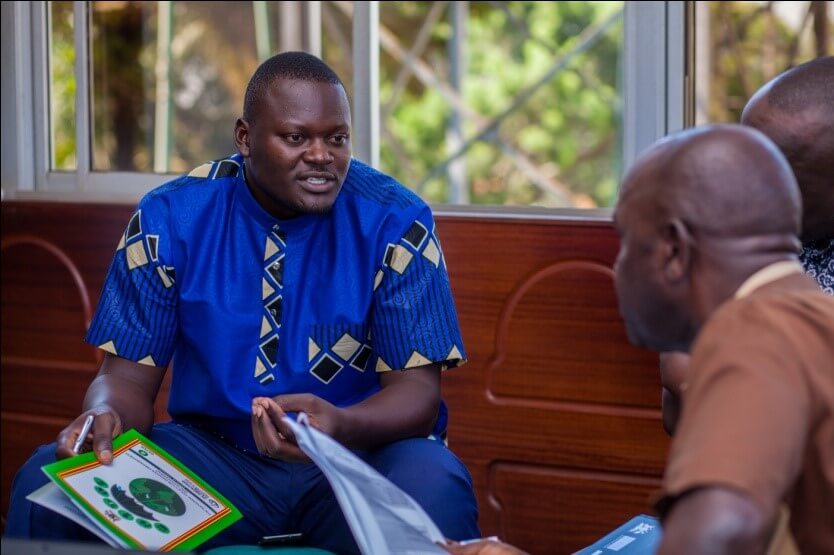
1. The refugee population has reduced. Towards end of 2017, the total population of refugees and asylum-seekers in Uganda was 1,395,000 people, with 986,600 people from South Sudan, some 236,400 from the DRC, and some 39,700 from Burundi. Currently according to the 2019 January UNHCR report the number stands at 1,205,913.
2. Coordination has been strengthened. Since the inception of the Humanitarian Platform, there has been an effort to bring together humanitarian actors together and to influence the humanitarian agenda collectively. Maximizing on the comparative advantage of members to engage meaningfully.
3. Partnership and Engagement spaces availed to local actors. Since 2016, UNHCR has actively made an effort to meet the 25% Grand Bargain commitment and piloted approaches to achieving this for example, they initiated Partner-Equip-Coach Approach (PECA) – twinning INGOs with Local NGOs as a requirement for funding, the Humanitarian Platform was embraced by the INGO Directors Coordination Group , the Platform has presence at CRRF Steering Group and several other entities like the Office of the Prime Minister, Local Government, continue to express interest to partner and support local humanitarian actors.
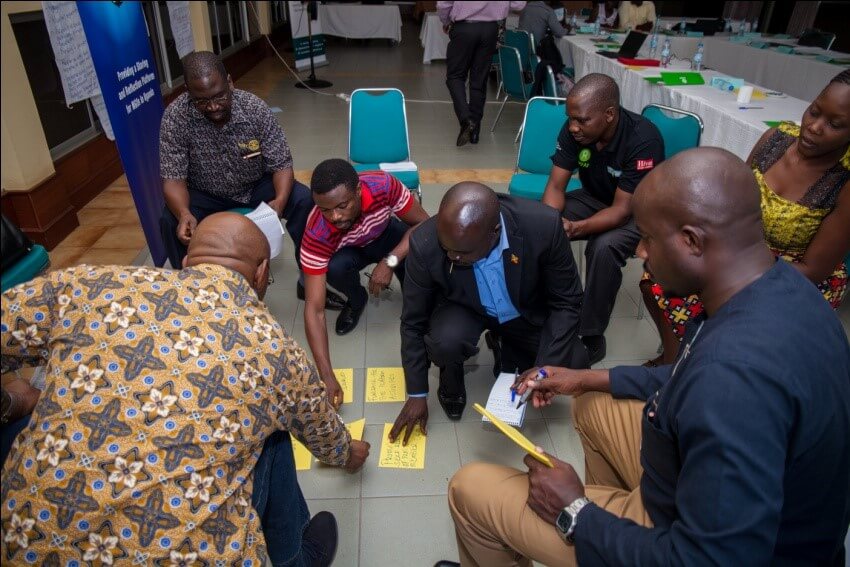
4. The funding has shrunk; Uganda is known to have one of the most progressive refugee policy yet again Uganda is one of the worst funded refugee hosting countries despite being third in ranking as a country hosting refugees globally. The country’s funding gap was at 85% and by November 2018 it was at 41% (Refugee Response Plan requirements 869,671,414(US $) – Funding received 352,307,881 (US $)) according to UNHCR.
5. The capacity among local and national actors has improved. Some local organizations have gained the trust from donors and can be entrusted with relatively bigger funds for example some local organizations from West Nile are receiving funds directly after putting in place systems with required and recognized standards.
6. Shift in focus from refugee response to addressing humanitarian issues holistically. Currently the humanitarian system covers Internally Displaced Persons and disasters. In addition, there has been an effort to shift from humanitarian response exclusively to focus on recovery and development too.
Internal Reflection
Looking back at the one year the Humanitarian Platform has existed, what hasn’t worked, why hasn’t it worked and what should be done to address the existing gaps.
1. Identity. There has been an issue of identity of the Platform; who are the members, what are their specialties, what sectors do they belong to, what is the Platform agenda, where does it draw the mandate from. These kinds of questions came as a result of lack of clarity among members and other actors engaging with the Platform. As a result even members were hesitant to identify themselves with the Platform in different spaces.
- As the way forward, members suggested the need to review the registration criteria. To introduce certificates with a reasonably minimum price to ensure members have something to show as members of the Platform but also to have a clear Platform agenda by the end of the retreat an outcome.
- The Platform to be proactive and work on their visibility through involving media in their engagements and taking advantage of big events to make presence and participate meaningfully
2. High expectations. From the inception of the Platform, members realized that this was long overdue and recognized that INGOs and other humanitarian agencies were thriving because of their coordinated and organized systems. This created the thirst to see local actors doing the same without considering the process. Secondly, other members expected grants extended to them through the Platform which has not happened unfortunately; and as result many have pulled out
- One of the reasons why this keeps happening is the fact as a loose coalition, members are free to enter and exit at no cost. Members suggested a token membership by subscribing a fee to become a registered member. As such members will attach value to the Platform and also develop ownership and will to see it grow
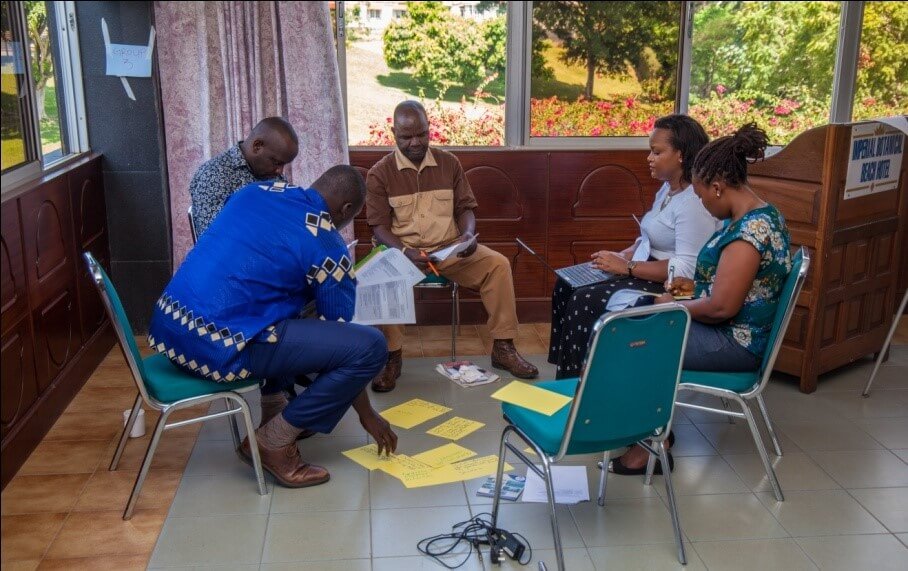
3. Representation. The concern around the representation on the Steering Committee was among the issues discussed. Representation in terms of the committee composition and in terms of reflecting the Platform agenda in the individual organizational engagements in various spaces.
- As the way forward there is need to revamp the regional Platforms and have them represented on the Steering Committee.
- The need to develop a joint activity calendar on the aspects to be delivered on jointly, for example the big events at national and international levels such as the UN General Assembly, the World Refugee Day, International Day for Disaster Reduction among others.
4. Funding. Humanitarian action is a costly venture that calls for concerted efforts that draw on national and global resources. As such, local and national organizations face difficulties in finding appropriate and sustainable funding for humanitarian interventions. It was also noted that the 25% funding Grand bargain commitment is coming to an end in 2020. Therefore there is need for the local humanitarian actors to think beyond and sustainably.
- One of the solutions is for the Local and National Organisations to raise the issue of commitment to donors in Uganda to take action through advocacy
- Secondly is for Local and National Organisations to start figuring out how to survive with the available funds and consider the aspect of sustainability in various contexts
5. Transparency. There is been an issue of transparency and loss of trust amongst the humanitarian local NGOs as a result of unhealthy competition due to shrinking funds ; but also the rise in corruption cases in the sector
- According to members this calls for proper and recognized systems in place that match up to the donor requirements; the need for self regulation through the Quality Assurance Mechanism (QuAM) and ensuring.
6. Capacity. The question of capacity will keep coming up if there is no definition of what exactly we mean by capacity as local humanitarian actors ; capacity compared to what. As such we would still considered to have low capacity by the international community.
- There is need for the local and national humanitarian actors to build consensus on what capacity we mean and as such it is easier to address it uniformly.
7. Legal Framework. Part of the unanswered questions is the issue about where the Platform draws its mandate and its sustainability plan in the operation environment; when does it stop being a loose coalition.
- It was noted that this concern be taken forward by the Steering Committee; have a discussion with the Uganda NGO Bureau on the way forward
8. Membership criteria. The issue of membership still lacks clarity to many; what does it take to become a member of the Platform, who are the humanitarian actors, what is humanitarian action, how and where do other sectors like the Private Sector, Academia, INGOs, Government entities see themselves in the Humanitarian Platform for Local and National Organisations . As such other organizations would understand whether they can be part of the Platform.
- Needs redefining the linkages
9. Relationship with the Government. It is known that the Government through the Office of the Prime Minister coordinates humanitarian response at national level; therefore a conversation about humanitarian interventions or localization agenda without the arm and full support of the Government is likely hit the dead end. The Humanitarian Platform has been embraced by the Government and established working relations which justifies the Platform’s presence on the CRRF Steering Group. However, the link between the two is not clearly defined most especially on the contribution of the Platform into Government humanitarian response structures.
- Need to be redefined by the Platform Steering Committee
10. Refugee programming still driven by donors. This has been noted as a result of lack of confidence in the local actors capacity, both technical and operational capacity. In terms of having proper and recognized systems in place.
- This is a call for Local and national humanitarian actors to work on our leadership and governance structures to ensure that we have clear systems and policies that guide our operations and programming. This might entail reflecting on the national and international requirements and standards within our institutions, so that we become more legitimate and credible

